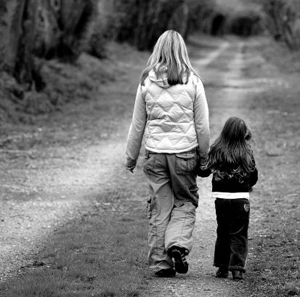New modelling commissioned by the End Child Poverty Coalition for a key campaign paper on the impact of triple locking child benefits, reveals that it would lead to an estimated 280,000 fewer children living in relative income poverty and 310,000 fewer in absolute poverty than under the Government’s current policy.
Researchers Iva Tasseva and Dr Paola De Agostini used EUROMOD to model the effects of applying the government’s so-called ‘triple lock’ policy to protect pensions in real terms to the current system of child benefit.
End Child Poverty is calling on the Government to take urgent action to make sure families who are struggling to make ends meet can give their children the basics, by giving children’s benefits the same ‘triple lock’ protection that is provided for the basic state pension.
Under a ‘triple lock’ – which would make sure that these key benefits either rise in line with prices, earnings, or by 2.5%, or whichever is the highest – 310,000 fewer children will be living in absolute poverty by 2020 than under the Government’s current policy
This move would not be without its costs. ISER’s analysis estimates it would cost £2.3 billion a year.
However, the End Child Poverty Coalition believe this could still be cost-effective:
“Set against the longer term costs of child poverty, the cost of inaction is higher. One independent analysis has conservatively estimated that current child poverty levels cost the country £29 billion a year.”
Download the report from End Child Poverty Short Changed: the True Costs of Cuts to Children’s Benefits
